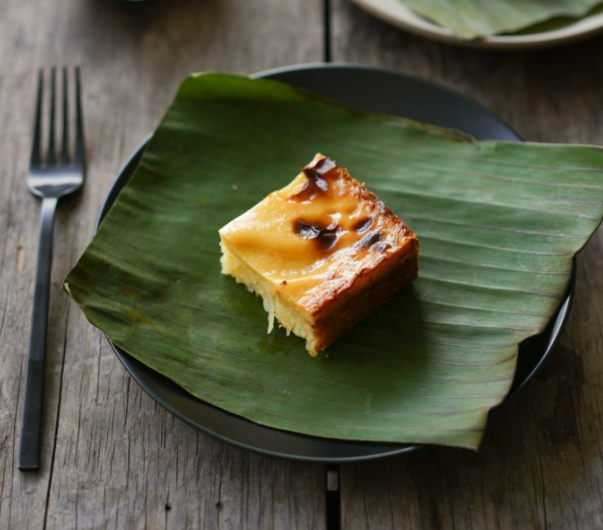Exploring the Delightful World of Filipino Desserts: A Gastronomic Adventure
Filipino desserts are a heavenly culmination of rich flavors, vibrant colors, and diverse textures. With a unique blend of cultural influences, these sweet delicacies have captured the hearts and taste buds of food enthusiasts worldwide. In this article, we will take you on a delightful journey through the captivating realm of Filipino desserts, exploring their history, popular treats, and the secrets behind their irresistible allure.

Best Filipino desserts
I. The Origins of Filipino Desserts:
A. A Fusion of Cultural Influences:
Filipino desserts bear traces of various cultural influences, including Spanish, Chinese, and American.
These diverse culinary heritages have seamlessly blended with local ingredients and techniques, resulting in an exceptional array of sweet creations.
B. Indigenous Ingredients:
Filipino desserts often showcase indigenous ingredients like coconut, rice, bananas, and cassava. These natural elements lend a distinct and authentic flavor profile to the desserts, making them truly unique.
II. Popular Filipino Desserts:
A. Halo-Halo:
Halo-Halo, meaning "mix-mix" in Filipino, is an iconic dessert that epitomizes the nation's culinary creativity.
It is a delightful concoction of crushed ice, sweetened fruits, jellies, beans, and leche flan, topped with a scoop of ube (purple yam) ice cream. This refreshing dessert is a favorite during the scorching summer months.

Filipino halo halo ice cream
B. Leche Flan:
Leche flan is a luscious caramel custard made from egg yolks, condensed milk, and caramelized sugar.
It has a velvety texture and a rich, creamy taste that melts in your mouth. This classic Filipino dessert is often served during special occasions and celebrations.
C. Bibingka:
Bibingka is a traditional rice cake cooked in a clay pot lined with banana leaves.
It is made from glutinous rice flour, and coconut milk, and topped with salted eggs and grated coconut. This warm and comforting dessert is commonly enjoyed during the Christmas season.
D. Sans Rival:
Sans Rival, meaning "without rival" in French, is a Filipino dessert with European influences.
It consists of layers of buttercream and meringue, sprinkled with cashews. This indulgent treat is a testament to the Filipino's ability to adapt and infuse their unique flavors into foreign desserts.

Cassava Bibingka
III. The Allure of Filipino Desserts:
A. Complexity of Flavors:
Filipino desserts are known for their complex flavor profiles, combining elements of sweetness, creaminess, and occasional hints of tropical fruits. The interplay of textures and the balance of flavors create a delightful experience for the palate.
B. Vibrant Colors:
Filipino desserts are a visual feast with their vibrant and enticing colors. From the purple hues of ube to the golden caramel of leche flan, these desserts are as visually captivating as they are delicious.
C. Cultural Significance:
Filipino desserts hold a special place in the country's culture and traditions. They are often prepared and shared during festive occasions, family gatherings, and religious celebrations, symbolizing warmth, generosity, and unity.
IV. Exploring Filipino Desserts Worldwide:
A. Global Recognition:
Filipino desserts have gained international recognition in recent years, with food enthusiasts and chefs from around the world showcasing their versions of these delectable treats.
This newfound global appreciation has elevated Filipino desserts to new heights, spreading the taste and cultural significance of the Philippines far and wide.

Filipino Chocolate Rice Pudding
B. Culinary Innovations:
As Filipino cuisine continues to gain global attention, culinary experts are incorporating traditional Filipino desserts into modern creations.
These innovative adaptations preserve the essence of the original desserts while adding a contemporary twist, attracting a wider audience.
Filipino desserts offer a delightful and unforgettable journey into a world of flavors, colors, and textures. With a rich history and a fusion of cultural influences, these sweet treats have become an integral part of the Filipino identity. From the popular Halo-Halo to the indulgent Sans Rival, these desserts embody the country's creativity, culinary prowess, and vibrant spirit. So, indulge in a slice of heaven and embark on a gastronomic adventure with Filipino desserts—it's a taste you won't soon forget.